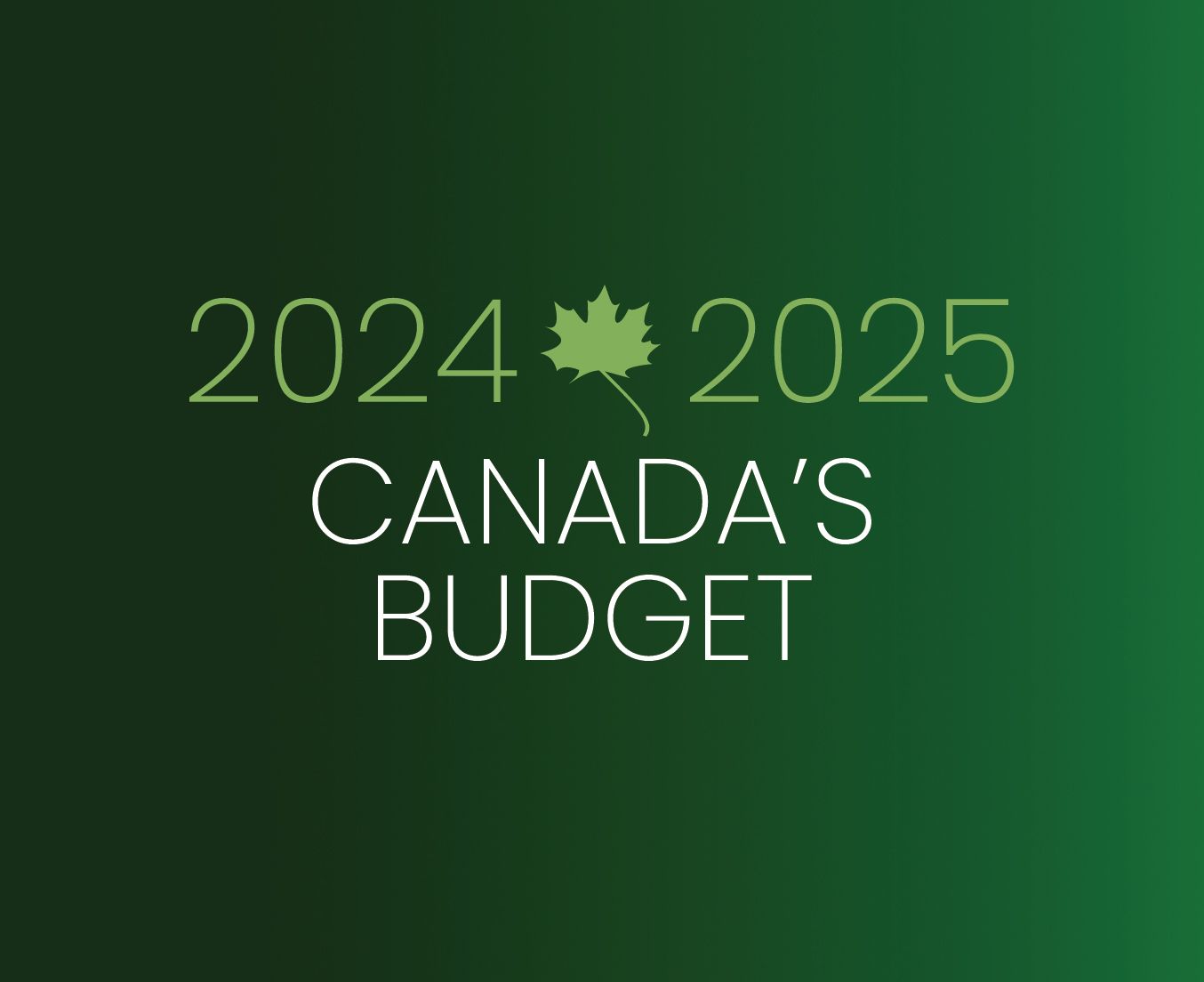Someday I'll tell my grandkids about a great storm. Way back in the spring of 2020, there was a terrible ice storm. Was it late February? Early March? I can't remember. It was totally unexpected. The ice was so thick and heavy it caused the branches of the pear tree in our back yard to bend right down to the ground.
Normally the fruit was up high and harder to reach. We stared at the damaged tree not sure what to do. “Maybe there’s something wrong with these pears. Are they damaged now?” We were hesitant. We were not used to seeing the fruit so close to the ground.
After a short time, the ice began to melt, and the tree limbs sprung back into shape. There were a few broken branches, but the tree was ok. It had seen storms come and go over the years. We didn’t need to stake it up. Or compare its growth to other trees in its “peer group”.
After all, it was a tree. Its continued growth over time was natural and assured.
“You don’t uproot the tree and store it in your garage over the winter, to protect it from what you regard as bad weather. You don’t dig it up every ninety days to check on its progress.”1
Nick Murray
Author of Simple Wealth, Inevitable Wealth
Cute story, but what does this have to do with your investment portfolio?
The cumulative impact of the COVID-19 pandemic and recent stock market volatility has unnerved many of us on a number of levels. Some investors reacted with disbelief as they saw the value of their portfolios decline. Others pulled out of the market, moving to preserve their investments from the risk of further declines.
But what should we do now? What’s the best way to move forward?
Perhaps surprisingly, most of the answers are not new. Revisiting some tried and true investment strategies – many of which you have likely heard about – is wise and helpful. In some cases, there may even be opportunities to capitalize on, that can set you on a more solid financial footing than before this health crisis began. We’ve shared a few suggestions with you before in this post.
Seven Planning and Investing Strategies to Weather This Storm
To get you started, here are seven ideas to consider.
- Set-up a ‘rainy-day’ fund. Do you have one? If not, take a critical look at your overall expenses and, if you can, look for ways to build out your short-term ‘rainy day’ portfolio. This can be your emergency fund. Set aside four to six months of expenses for periods of bad luck.
Your rainy-day fund can still be invested so it grows while providing you with easy access to cash flow. Consider building up your Tax-Free Savings Account. Think of it like the monthly insurance you pay for your car or home and pay into your emergency fund to provide you with protection and peace of mind.
- Re-visit how you feel about risk.
The idea of risk is often hard to grasp until it’s felt. Now that you’ve experienced the recent volatility and market decline, how did it make you feel? Are you really an “aggressive” investor? Maybe so. But, take a moment to reflect on your real-life experience with volatile portfolios. If the volatility and uncertainty churned your stomach to the point of making you feel fearful, look to rebalance your portfolio to an asset mix that may be more appropriate.
- Take advantage of the current environment. If you have the means, new investment assets can be used to efficiently make changes to your portfolio’s make-up. Modifications to asset allocation in non-registered accounts may now carry less impact, due to a reduction in net capital gains. If you have access to cash holdings intended for eventual investment, consider opportunities to make investments while prices for certain securities are significantly lower, and dividend yields are higher. For those with longer time horizons, periods of market decline have historically provided attractive opportunities to invest.
- Dollar cost average. Investing on a continuous and regular basis helps you take advantage of periods when securities’ prices are lower. Put more fruit into your basket while the branches on the trees are bowed down a little lower. Is it too late? No. Investing regularly is a timeless approach that can lower your average cost and improve returns over time. You can read more about this idea here.
- Include strategies to reduce volatility. Consider adding specific investment assets and strategies to your portfolio that can help reduce volatility over time. For example, an allocation to Alternative investments, to strategies that can periodically shift into cash equivalents, or a currency hedging strategy can smooth out performance over time and provide a better investment experience, regardless of the investment climate.
- Set up a contingency plan.
Take the opportunity to set up a Line of Credit. A line of credit can be a flexible source of cash and may provide you with an opportunity to consolidate smaller loans and credit card balances, reducing your interest costs. Ideally you will use you line of credit rarely, but it can provide you with a strong second line of defence in the event you need it.
- Reach out and speak with your financial advisor. It’s important to evaluate all planning and investing ideas in tandem with your overall financial plan. Your financial advisor can guide you as well as uncover opportunities and strategies to help you move forward from where we are today. Whether it’s managing your cash flow needs or planning for longer term goals, your advisor can work with you to prepare for all types of economic “weather conditions” – including the unusual storms that come along every once in a while.
_____
Paul Davidson MBA, CIM, FCSI is Director of Product Management with Investment Planning Counsel.
1 Murray, N. (2004). Simple Wealth, Inevitable Wealth. Referenced with permission.
Investment Planning Counsel





